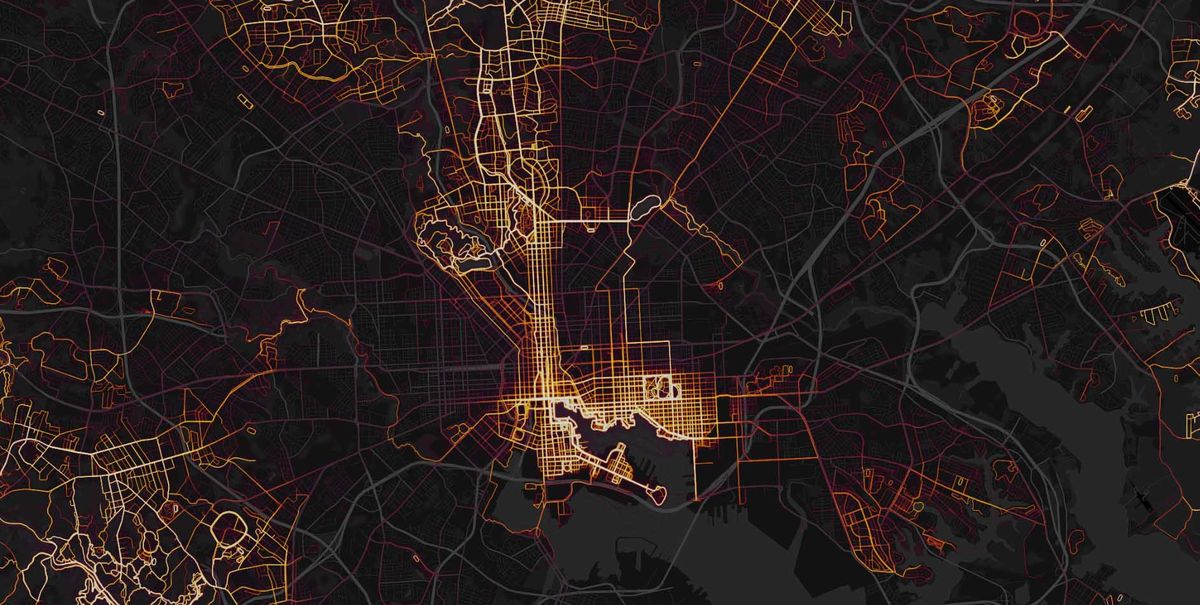
It’s a warm summer evening and Devan Clapp is standing outside his two-story brick row house in northeast Baltimore’s Ramblewood neighborhood. The streets are quiet, with postage-stamp lawns; a transition area between the city and the suburbs of Baltimore County just a couple miles north. This neighborhood, like every other Baltimore neighborhood Clapp’s family has lived in the last hundred years, was predominantly white, before it wasn’t. He talks of how, in the 1980s, the skin color of his mother and father, godmother and brother, drove their white neighbors up and over to the “more-welcoming” side of the county line. “When I was younger, the neighborhood was divided, pretty much 50 percent white and 50 percent black. As a youngster I didn’t know it was happening, but now I look back and they’re all gone,” says the 39-year-old Social Security teleservice rep.There are a few other areas in Baltimore with the same low crime rate and housing stability as Clapp’s neighborhood. However, most of those areas have seen heavy development and investment—bike lanes, tidy parks, and running paths. Clapp’s neighborhood looks as it did 30, maybe even 50, years ago. “I’m standing outside right now and looking at the alley,…